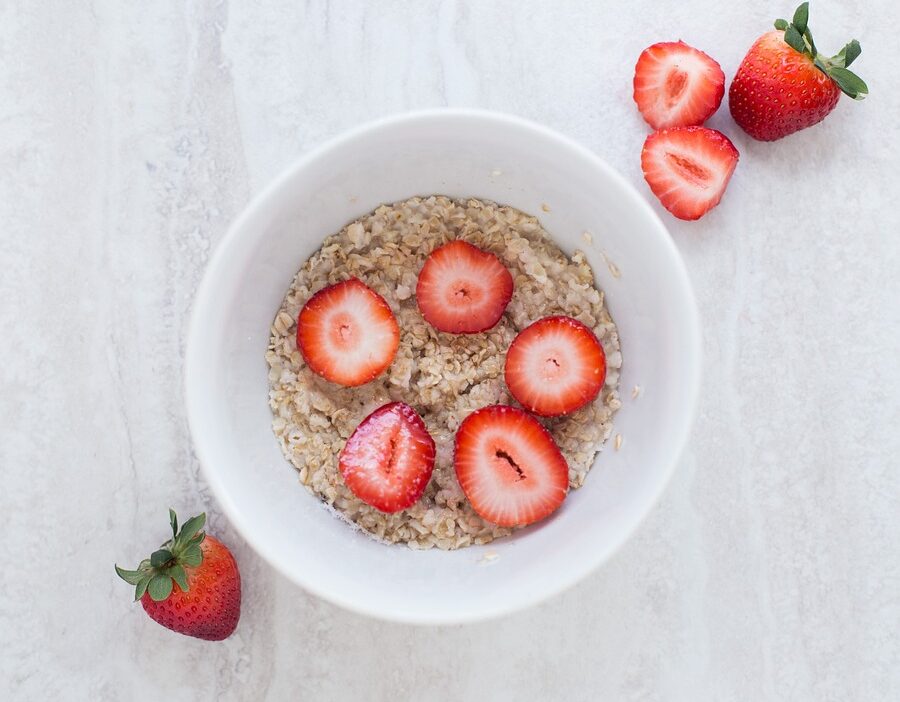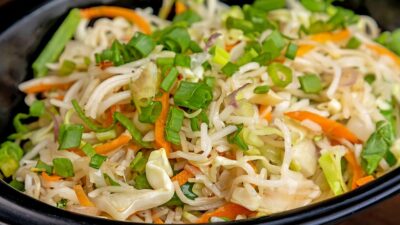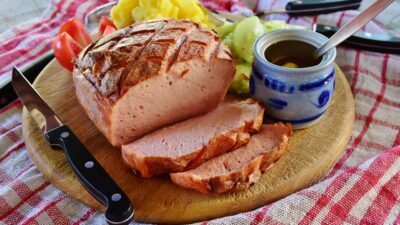In the digital age, where sensory experiences are often translated through screens, the power of photography in food blogging cannot be overstated. Visual recipes have become a staple for food enthusiasts, transforming the ordinary act of cooking into an extraordinary journey through the lens of a camera. The art of combining captivating images with culinary instructions not only enhances the appeal of a dish but also fosters a connection between the blogger and their audience. Here, we delve into the significance of visual representation in food blogging and the impact it has on cooking culture.
The Allure of Visuals
When it comes to food, visuals reign supreme. The saying "you eat with your eyes first" rings true; our brains are hardwired to react to appealing images. A well-composed photograph can awaken an emotional response and pique interest even before the first bite. High-quality images of vibrant dishes can inspire creativity in the kitchen, prompting viewers to try new ingredients and culinary techniques.
The allure of tantalizing visuals extends beyond simply showcasing a dish. They serve as a storytelling medium that can transport an audience to a cozy kitchen, a bustling market, or an exotic destination. Through imagery, bloggers can share their cooking experiences, heritage, and unique approaches, making the recipes more relatable and inviting.
Crafting the Perfect Visual Recipe
Creating a visual recipe involves more than just snapping a photo of a finished dish. Here are essential elements that contribute to compelling food photography:
1. Lighting
Natural light is a food photographer’s best friend. Soft, diffused daylight can elevate a dish, highlighting its textures and colors. Overhead or strong artificial lighting can cast unflattering shadows, while low-light conditions may obscure details. Finding the right lighting conditions is crucial for capturing the essence of a dish.
2. Composition
Composition refers to how elements are arranged within the frame. Using techniques like the rule of thirds or leading lines can guide the viewer’s eye and create visual interest. A thoughtfully composed shot may include a glistening close-up of a dish, ingredients artfully scattered on the countertop, or a chef in action.
3. Styling
Food styling adds the finishing touches to a visual recipe. Simple garnishes, strategic placement, and the right tableware can elevate the aesthetic appeal. The addition of props, like herbs, utensils, or textured fabrics, can enhance storytelling, giving context to the dish and evoking a specific mood.
4. Editing
Post-processing can help refine images, correct colors, or enhance details, allowing the dish to shine even more brightly. However, it’s essential to strike a balance; overly edited photos can misrepresent the dish and create unrealistic expectations.
The Science of Engagement
Visual recipes do not just serve an aesthetic purpose; they also play a critical role in engaging an audience. Social media platforms like Instagram and Pinterest thrive on eye-catching visuals, enabling food bloggers to reach wider audiences and foster community interaction. Engaging images encourage likes, shares, and comments, creating a sense of camaraderie among food enthusiasts who bond over shared experiences.
Additionally, SEO (search engine optimization) practices often associate visual elements with higher engagement rates. A blog post that incorporates striking visuals is more likely to attract readers, keep them on the page longer, and even prompt them to try the recipe for themselves.
Building a Community
Food blogging extends beyond mere recipe sharing; it’s about fostering a community of individuals with shared culinary interests. Visual recipes create a platform for connection, allowing readers to relate to the blogger’s journey and experiences. Followers can share their interpretations of a recipe, leading to a social exchange that transcends borders and cultures.
In essence, the act of sharing visual recipes creates a collective journey of culinary exploration—an opportunity for individuals to connect through food, share traditions, and inspire one another.
Conclusion
Visual recipes have revolutionized the way we approach food blogging. Through the lens of photography, food becomes more than just sustenance; it transforms into a canvas for creativity, expression, and storytelling. By leveraging the power of visuals, food bloggers can engage audiences, inspire culinary adventures, and foster a community built on a love for food. In this dynamic world, where flavor and aesthetics intertwine, visual recipes have carved their place as a fundamental aspect of contemporary food culture.



